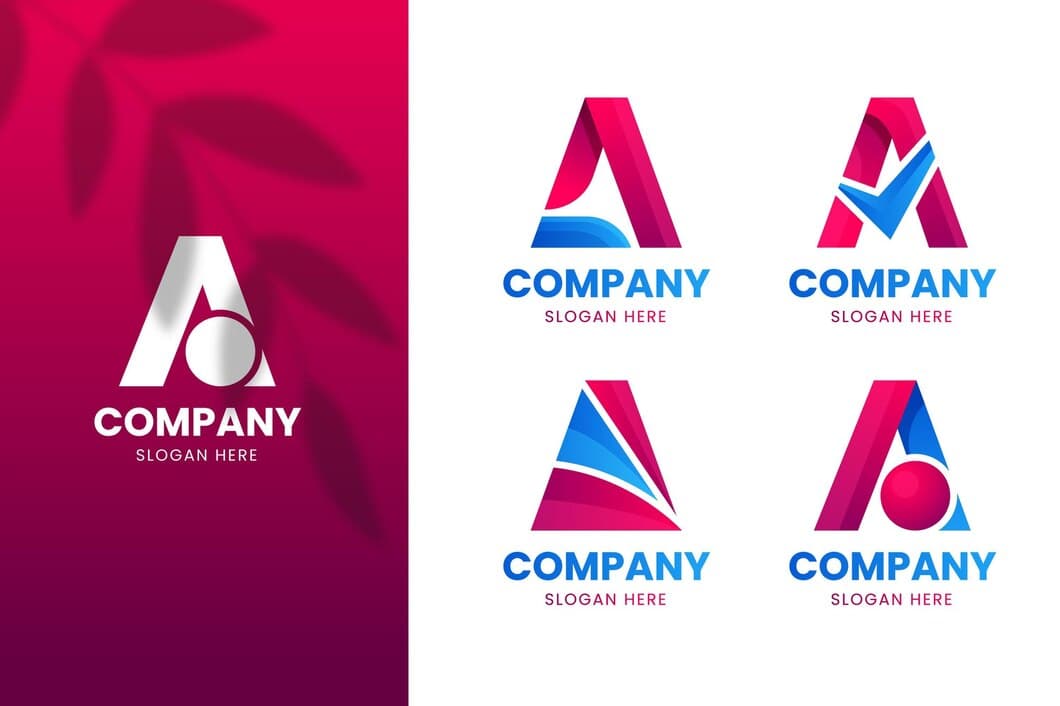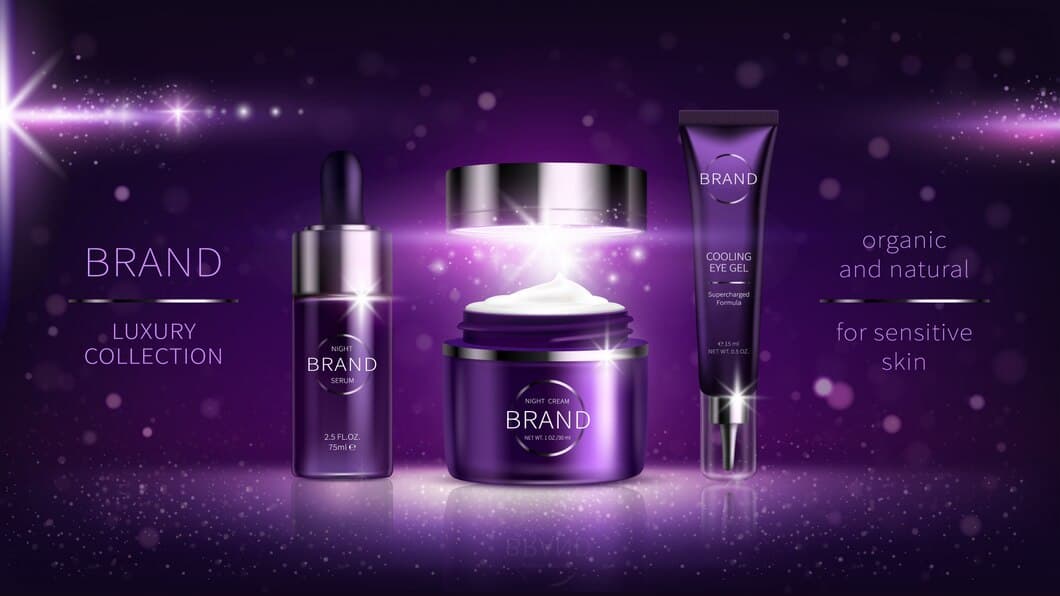**How Do I Turn Myself Into A Brand?**

**Abstract**
Personal branding is the process of creating a unique identity for yourself and then promoting that identity to others. It's about developing a consistent message and image across all platforms, both online and offline. When you have a strong personal brand, people will begin to recognize and trust you as an expert in your field. This can lead to increased opportunities for speaking engagements, job offers, and business partnerships.
1. Define your personal brand
Before you can build a strong personal brand, you need to first define what it is. A personal brand is the unique combination of your skills, experience, values, and personality that sets you apart from others. It's what makes you memorable and recognizable to potential clients or employers.
To define your personal brand, start by thinking about your strengths and weaknesses. What are you good at? What do you enjoy doing? What are your values? Once you have a good understanding of your strengths and weaknesses, you can start to craft a personal brand that reflects who you are and what you stand for.
Your personal brand will evolve over time as you gain new experiences and learn new things. It's important to be flexible and adaptable, and to always be willing to learn and grow. By defining your personal brand, you can create a strong foundation for your career and personal life.
2. Create a personal brand statement
Your personal brand statement is a concise, memorable expression of your professional identity and the value you offer to others. It should be authentic, unique, and compelling. When crafted effectively, your personal brand statement will guide your branding efforts and help you stand out in today's competitive market.
To create a personal brand statement, start by identifying your core values, skills, and experiences. Consider your professional goals and the audience you want to reach. Then, draft a statement that captures who you are, what you do, and what makes you different. Keep it brief, around 10-15 words, and ensure it's easy to remember and repeat.
3. Develop a brand identity
To turn yourself into a brand, developing a brand identity is essential. While it’s tempting to showcase every part of yourself or your business, try to focus on what makes you unique. Identify the qualities that set you apart and develop a brand that reflects your core values, mission, and personality. Your brand identity should resonate with your target audience and create a lasting impression. This means developing a consistent visual identity, including your logo, colors, and typography. It also means defining your brand voice and tone, which should be consistent across all your communications.
Decide what you want to look like and the message you intend to send before creating your brand identity. You can do this by identifying your target audience and researching the competition. What sets you apart from your competition, and why should customers choose you over them? Developing a brand identity that differentiates you from the competition is important. A strong brand identity will make you stand out and attract more customers.
As your brand grows and develops, be prepared to adapt and change your brand identity. The goal of your brand identity is to make your business easy to identify and remember. By developing a strong brand identity, you can make your business more successful.
4. Build a network

Building a strong network is crucial for establishing yourself as a brand. Attend industry events, join online communities, and connect with potential collaborators or clients. Develop mutually beneficial relationships and provide value to your connections. A well-rounded network will provide you with access to new opportunities, insights, and support.
By leveraging your network, you can gain credibility and establish yourself as a thought leader. Engage in discussions, share your expertise, and offer advice to your connections. This active participation will help you build a reputation as a knowledgeable and reliable source of information.
Collaborating with others within your network can amplify your reach and impact. Partner with complementary businesses or influencers to create joint ventures, host webinars, or participate in cross-promotions. These collaborations can expose your brand to a wider audience and enhance your credibility.
Maintain your network through regular communication and updates. Share relevant content, celebrate successes, and offer support to your connections. Nurturing your relationships will ensure a strong and mutually beneficial network that contributes to your overall brand growth.
5. Create content
Content is the backbone of any strong brand. Showcase your expertise by creating valuable, informative content that establishes you as a thought leader in your industry. Share your insights on social media, start a blog, or host webinars and live streams. Make sure your content is consistent, high-quality, and relevant to your target audience
Not only will creating content help you build trust and credibility with your audience, but it will also help you attract new customers and grow your brand reach. By providing valuable content, you can establish your brand's visibility and authority, while attracting potential customers seeking solutions to their problems or answers to their questions. Consistency in your content creation efforts is key to maintain engagement and keep your audience coming back for more.
6. Be consistent
Your brand must also be consistent. Whatever your vision, mission, values, and other brand elements are, make sure they are consistent across all channels. Whether it's your website, social media, or even your customer service interactions, your brand should be represented in the same way.
Consistency is key when it comes to building a strong brand. By being consistent with your messaging and visuals, you can help customers to easily recognize and identify your brand. This can lead to increased brand awareness, loyalty, and sales.
There are many ways to ensure that your brand is consistent. One way is to create a brand style guide. This guide should outline your brand's fonts, colors, logo, and other visual elements. It should also include guidelines on how to use your brand's messaging and voice. By following these guidelines, you can help to ensure that your brand is represented consistently across all channels.
7. Be authentic
Be true to who you are. Don't try to be someone you're not, because people will be able to tell. When you are authentic, people will be more likely to trust you and connect with you. This is especially important for personal brands, as people want to feel like they know the real you.
Being authentic also means being open and honest about your flaws. No one is perfect, and people will appreciate you more if you are willing to admit your mistakes. When you are open and honest, people will be more likely to forgive you for your mistakes and see you as a real person.
8. Leverage social media
In the digital age, social media is an indispensable tool for building a personal brand. It allows you to connect with your target audience, share valuable content, and grow your following. By leveraging social media strategically, you can establish yourself as an expert in your field, attract potential customers, and expand your network.
To maximize the impact of social media on your personal brand, it's essential to identify the platforms where your target audience is most active. Once you have determined the right platforms, develop a consistent content calendar that aligns with your brand's values and messaging. By sharing high-quality content that provides value to your followers, you can engage with them on a meaningful level and build a loyal community.
Remember, building a strong brand on social media requires patience and consistency. It's not about overnight success but about gradually establishing trust and credibility with your audience. By leveraging social media effectively, you can elevate your personal brand, reach a wider audience, and achieve your business goals.
9. Get feedback
Feedback is essential for growth, and for a personal brand, it's an invaluable resource. Ask for feedback from trusted friends, family, colleagues, or even potential customers. Feedback helps you identify areas for improvement and can help you refine your brand's message and values.
It can also help you stay on track and ensure that you're meeting your goals. Reach out to your network and ask for honest feedback about your brand, what you're doing well, and what could be improved. This feedback can help you make informed decisions about your brand and ensure that you're on the right track.
Feedback is a powerful tool that can help you build a stronger, more authentic brand. By embracing feedback, you can gain valuable insights into your brand and understand how it's perceived by others. This information can be invaluable as you continue to develop and grow your personal brand.
10. Adapt and evolve
Brands are not static entities. They need to adapt and evolve to stay relevant in a constantly changing world. This means being open to new ideas, experimenting with different strategies, and constantly learning and improving.
One way to adapt and evolve is to listen to your audience. What are they saying about your brand? What do they want and need? By understanding your audience, you can tailor your brand message and offerings to better meet their needs.
Another way to adapt and evolve is to embrace technology. Technology is constantly changing the way we live and work. By staying up-to-date on the latest trends, you can use technology to your advantage to reach new audiences and grow your brand.
Frequently Asked Questions
How to Build a Consistent Brand Identity
Establishing a consistent brand identity is crucial. Use a recognizable color palette, logo design, and messaging across all of your platforms and marketing materials.
How to Create High-Quality Content
Creating valuable, engaging content that resonates with your brand personality is key. This could include blog posts, videos, infographics or social media posts.
How to Engage with Your Audience
Building a strong connection with your audience is essential. Respond to comments, answer questions, and create opportunities for interaction and feedback.
How to Track Your Results and Make Adjustments
It is important to track the performance of your branding efforts using analytics and metrics. This will help you understand what's working and what needs improvement.
Summary
Building a personal brand is a journey that requires introspection, strategic planning, and consistent effort. It involves defining your unique value proposition, identifying your target audience, and creating a cohesive brand identity across all platforms.
By establishing a strong online presence, engaging with your audience, and leveraging social media effectively, you can establish yourself as a thought leader in your field and attract opportunities that align with your brand goals.